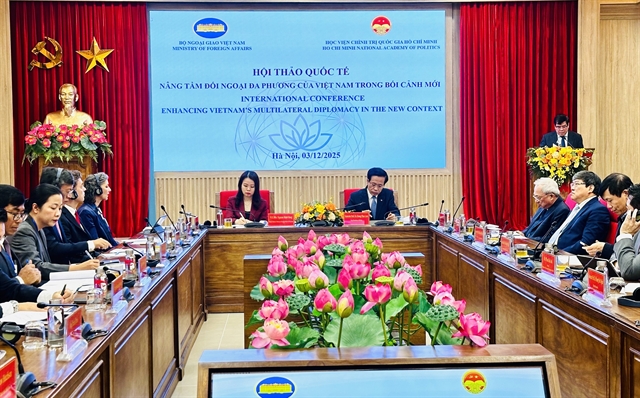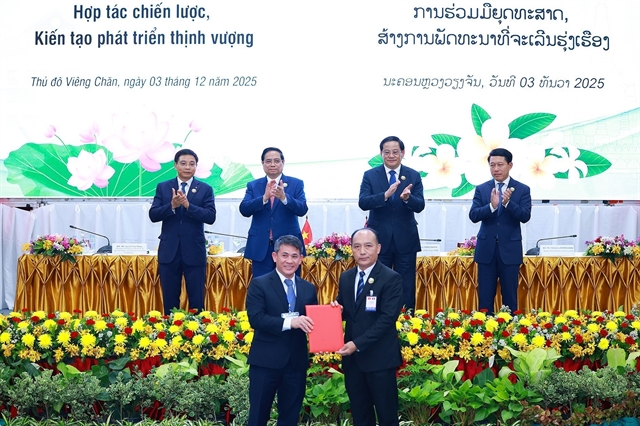Hanoi, February 6, 2025 – The Europe Today: Vietnam’s digital transformation is advancing at an unprecedented pace, with its digital economy expanding by over 20 per cent annually, making it the fastest-growing in Southeast Asia.
This rapid growth was highlighted during the 10th meeting of the National Committee on Digital Transformation, chaired by Prime Minister Phạm Minh Chính, where government officials reviewed the progress of the national digital strategy in 2024 and outlined priorities for 2025.
According to the Ministry of Information and Communications, Việt Nam has climbed 15 places in the UN’s global e-government rankings to 71st position since 2022. The country has now been classified among nations with a “very high” e-government development index. Key legislative advancements, including amendments to the Telecommunications Law and the introduction of the National Data Strategy, have significantly contributed to digital progress.
Infrastructure development remains a priority, with the successful auctioning of additional 5G frequency bands and the launch of the sixth and largest undersea cable with a 20Tbps capacity in 2024. Fibre optic Internet coverage has reached 82.4 per cent of households, exceeding the 2025 target of 80 per cent. Additionally, mobile broadband speeds have improved, positioning Việt Nam 37th globally for mobile Internet and 35th for fixed broadband.
The digital economy, now contributing approximately 18.3 per cent of GDP, is another major milestone. E-commerce retail sales reached US$25 billion in 2024, placing Việt Nam among the world’s top 10 fastest-growing e-commerce markets. Cashless payments have also surged by over 50 per cent annually, the highest in Southeast Asia.
Prime Minister Chính emphasized the need for digital transformation to be closely linked to administrative reform and efficiency improvements in governance. He stressed the importance of integrating digital technology across all economic sectors to achieve double-digit economic growth and enhance competitiveness. Key focus areas include digitizing industries, expanding digital infrastructure, developing a technologically skilled workforce, and advancing e-governance.
By June 2025, all ministry and provincial leaders must conduct administrative operations digitally, with full digital adoption for local government officials by year-end. The Government aims for 80 per cent of public services to be fully online and for 40 per cent of adults to use digital public services.
Efforts to promote digital adoption include integrating 4,475 administrative procedures into the National Public Service Portal and expanding the use of the VNeID app for online transactions. Over 90 per cent of insured individuals now have electronic health records, while 100 per cent of students possess digital learning profiles. The adoption of cashless payments has also extended across the healthcare and education sectors. The number of digital signatures issued rose by 58.61 per cent in 2024, with over 55.25 million VNeID accounts activated.
Despite these advances, challenges remain. Adoption of digital public services is still limited, data sharing among agencies is not fully integrated, and cybersecurity risks continue to grow. Việt Nam has improved its global cybersecurity ranking from 25th to 17th, yet online fraud and cybercrime remain threats. Digital literacy gaps persist, particularly in rural and mountainous areas, and the demand for IT professionals still outstrips supply.
Looking ahead, Vietnam’s ambitious 2025 digital agenda, themed ‘Comprehensive Digital Transformation for Economic Growth,’ aims for an 8-10 per cent GDP growth rate through digital advancements across industries. With decisive policies and continued investment in digital infrastructure, Vietnam is poised to strengthen its position as a regional leader in digital transformation and economic development.













